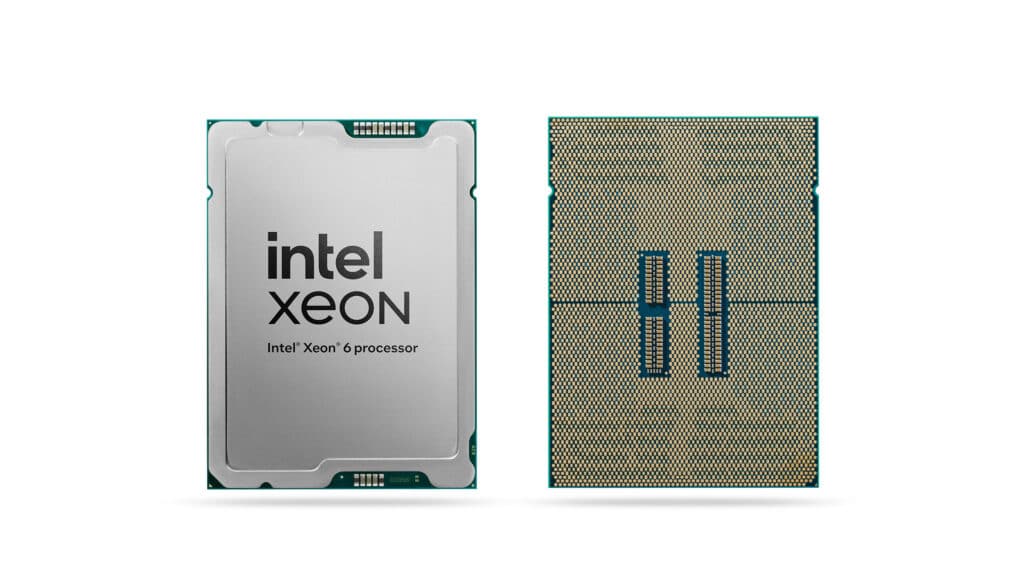Intel has announced the launch of its new family of processors, Intel Xeon 6, designed to handle a wide range of demanding workloads in data centers, networking, and artificial intelligence (AI) applications. With this generation, Intel aims to deliver industry-leading performance, energy efficiency, and integrated acceleration for various industrial segments.
Key Features of Intel Xeon 6
- Innovative architecture: Based on x86 architecture, Xeon 6 enables customers and partners to harness the power of AI for any workload.
- Two core variants:
- Intel Xeon 6 with Performance-cores (P-cores): Optimal for high-performance workloads such as AI, high-performance computing (HPC), and traditional enterprise applications.
- Intel Xeon 6 with Efficient-cores (E-cores): Designed for energy efficiency and reduced total cost of ownership (TCO) in cloud and hyperscaler computing environments.
- Intel Xeon 6 SoCAn SoC, short for Security Operations Center with Intel vRAN Boost: Advanced acceleration for networks and edge applications, enabling 2.4x higher capacity in Radio Access Networks (RAN).
- Support for Intel TDX Connect: Enhances security and virtualization with more secure environments.

Performance and Energy Efficiency
- Up to 2 times more performance in AI workloads compared to the previous generation.
- Reduction of TCO by up to 68%, enabling more efficient server consolidations.
- Integrated acceleration for AI with performance up to 17 times higher compared to the last four years’ MLPerf results.
Applications and Benefited Sectors
- Data Centers: Increased capacity and lower energy consumption for large workloads.
- Networks and Telecommunications: Optimization for 5G and Software-Defined Networking (SDN).
- Edge Computing: Efficient processing in resource-limited environments.
- Enterprise Ecosystem: Improvements in database applications, security, and storage.
Conclusion
The new Intel Xeon 6 family represents a significant leap in high-performance computing and AI, combining energy efficiency, integrated acceleration, and enhanced capabilities for multiple industries. With over 500 designs in development and backing from tech giants like Microsoft, Dell, Cisco, Oracle, and Red Hat, Intel reinforces its position as a leader in innovation for data centers, networking, and enterprise applications.

For more information, visit Intel Xeon 6.

